Scientific name
Trichospilus pupivorus Ferrière, 1930 (=Trichospilus pupivora Ferrière)
Though T. pupivora is the originally given and commonly used name, the species name, being an adjective, is correctly pupivorus in the masculine gender (Boucek, 1989).
Taxonomic position
Hymenoptera: Chalcidoidea: Eulophidae
Diagnosis
Body length about 1.5 mm. Adult orange-reddish to yellowish brown, ant-like in general apperance; eyes reddish, hairy; antennae yellow, pedicel and funicle more or less brownish; abdomen brownish-black, petiole and middle of tergite 2 more or less yellow; legs yellowish. In males, body entirely more or less yellow, abdomen apically brownish. Head with clypeal margin incised in middle; eyes hairy. Antenna inserted close to mouth margin, short and slender, funicle two-segmented (Fig. 1). Mesosoma
(thorax) with long bristles, complete notaular lines; smooth, very finely reticulated. Pronotum with collar
delimited by cross-ridge. Propodeum with a median carina and a small nucha, plicae indicated posteriorly, callus with several setae. Metasoma (abdomen) with a short petiole, more or less rounded, broader but much shorter than mesosoma, dorsally flattened and smooth. Ovipositor not visibly exserted. Forewing broad, infuscate with hyaline patches, with two thick tufts of erect black setae (Fig. 1), one below proximal end of parastigma, second below base of marginal vein; bare between tufts; marginal vein long, postmarginal and stigmal veins relatively shorter, postmarginal shorter than stigmal.
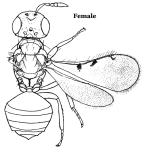 Fig. 1. Female of Trichospilus pupivorus (redrawn from Boucek, 1989) Fig. 1. Female of Trichospilus pupivorus (redrawn from Boucek, 1989)
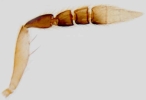 Fig. 2. Antenna Fig. 2. Antenna
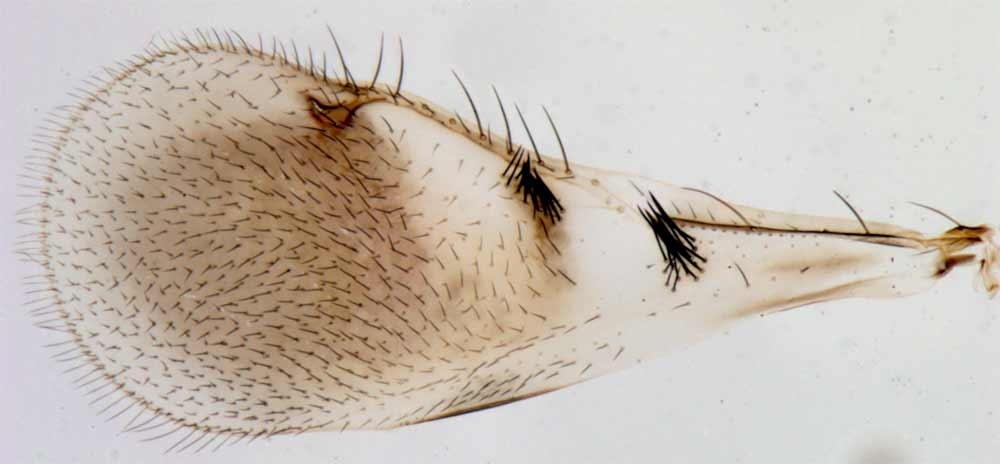 Fig. 3. Fore wing venation Fig. 3. Fore wing venation
Boucek (1976) dealt with the species in detail and provided a key to species along with biological information. Boucek (1989) provided a description and key to the genus. Images

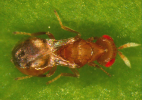
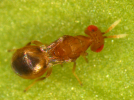
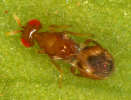 Adult, dorsal view Adult, dorsal view
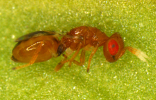 Adult, lateral view Adult, lateral view
Distribution
Southern India (Karnataka; Tamil Nadu). Sri Lanka. West Malaysia. Indonesia (Java). Papua New Guinea.
Introduced and established in Mauritius (Boucek, 1976).
Biology / Hosts
Gregarious pupal parasites of several lepidopterous pests like Opisina arenosella Walker on coconut, Spodoptera mauritia (Boisduval), Syllepte derogata (F.), Tirathaba spp., S. litura (F.), etc. Mostly primary or hyperparasitic through tachinids.
References
- Boucek, Z. 1976. The African and Asiatic species of Trichospilus and Cotterellia (Hymenoptera, Eulophidae). Bulletin of Entomological Research 65: 669-681.
- Ferrière, C. 1930. Notes on Asiatic Chalcidoidea. Bulletin of Entomological Research 21: 353-360 (original description).
|